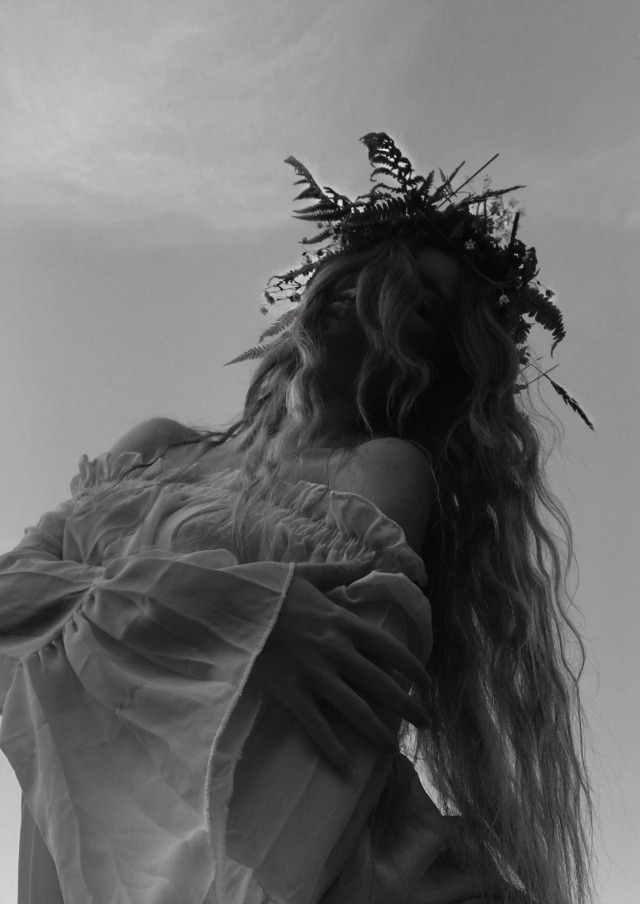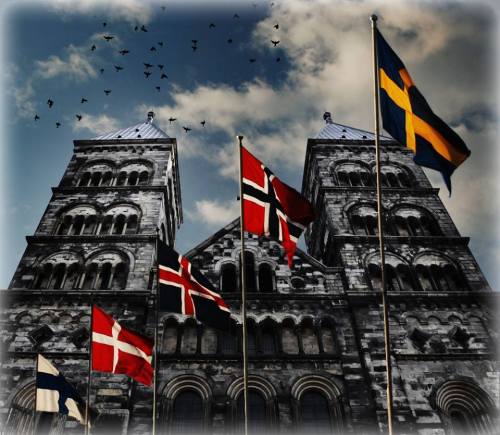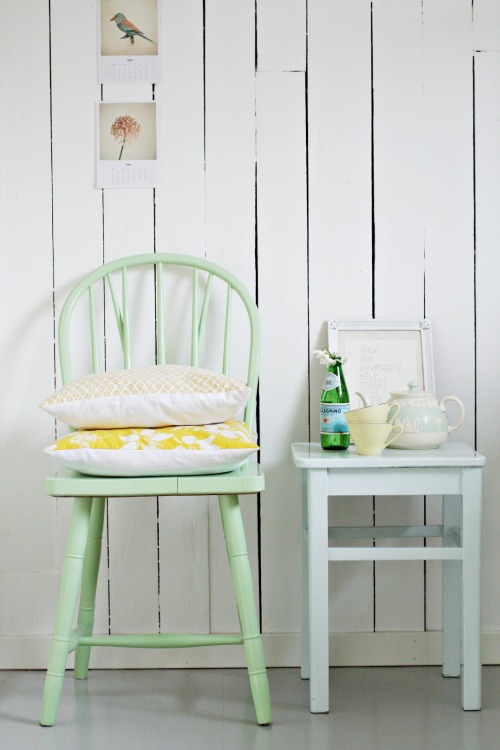#scandinavia
The Varangian legend: testimony from the Old Norse sources
The Varangian legend: testimony from the Old Norse sources Sverrir Jakobsson In the eleventh century there existed, within the great army of the Byzantine empire, a regiment composed mainly o soldiers from Scandinavia and the Nordiccountries. This regiment was known as the Varangian Guard (tagma tōn Varangōn).The purpose of this paper is to assess the impact the existence of this regiment had…
Uses of Wodan: The development of his cult and of medieval literary responses to it
Uses of Wodan: The development of his cult and of medieval literary responses to itPhilip Andrew Shaw
PhD Dissertation: University of Leeds, 2002
Scholars working on Germanic pre-Christian religion have generally considered Wodan to have been a deity of considerable importance to most if not all Germanic tribes. This understanding is, however, based on a failure to approach the available…
History of the Scandinavian Cross Flag (“Nordic Cross”)
According to legend, the flag of Denmark originated during the Battle of Lyndanisse, part of the Northern Crusades, near modern-day Tallinn in Estonia, on June 15, 1219: The battle began when a group of pagans attacked Danish crusaders by surprise, killing Bishop Theoderich von Treyden. King Valdemar II of Denmark was nearing certain defeat when the Archbishop of Lund, Anders Sunesen, raised his arms in prayer to God; suddenly a flag (called the ‘Dannebrog’ in Danish) miraculously fell from the sky; taken as a sign of Christ’s protection, the King took it and showed it to his troops; their hearts were filled with courage and the Danes won the battle.
According to Swedish legend, the flag of Sweden originated when King St. Erik IX saw a golden cross in the sky during the First Swedish Crusade in 1157. He considered this a sign from God and adopted the golden cross on a blue background as his banner.
Regardless of who had the flag first, the cross design, which represents Christianity, was adopted by Denmark, Sweden, Norway, Finland, Iceland, the Faroe Islands, the Åland Islands, Scania, Shetland, Orkney and several other areas around northern Europe.
Post link

”Salt, bittersalt är havet, och klart och kallt.
På djupet multnar mycket,
men havet renar allt.
Vilt, rovdjursvilt
är bränningens glittrande språng,
men ingen människas tankar
är höga som havets sång.” - Karin Boye


”Jag älskar sommarns vindar och solen tröstar mig, all markens blommor gläds jag med inunder himmelen.”- Dan Andersson
Blessed solstice everyone. Let the sun caress you and shine up these dark times.
Take care
All love/
Karolina

This petroglyph was found damaged on a burial ground a few hundred meters from the copy that’s now stands at Vallenstena church is Vallstenarum, Gotland. The stone is dated to the migration period and was originally raised at a tomb dating from the 400 or 500 AD. The spirals in the middle are associated with sun worship and the two figures with spears and shields at the bottom of the stone can be associated with pagan rituals and war. According to half a millennium younger Icelandic litterature , the two animals opposite each other could tell us about the stallion breeding sport, which was very popular during these times. But, as we know from many other petroglyhps and sources, these horse-looking animals was often linked to the sun and movement symbolism in the prehistoric religions. This particular one is very similar to another gotlandic stone found in Hadlingbo.

”And I will not compare other beauty to mine,
And I will not become a thorn in my own side,
And I will not return to where I once was
Well, I can break through the earth
Come up soft and wild”- Hayley Williams

Förgätmigej - The Forget Me Not Flower
The name “forget-me-not” comes from the German “Vergissmeinnicht”, which means “don’t forget me”. According to legend, the following event took place in the Middle Ages: A knight and his fiancee walked along a river as he picked up a bouquet of forget-me-nots. Because his armor was so heavy, he fell into the water. Shortly before he drowned, he threw the bouquet to his beloved and shouted “don’t forget me”. The flower is associated with romance and tragic fate. It was often worn by women as a sign of faithfulness and eternal love.

”Ja visst gör det ont när knoppar brister. Varför skulle annars våren tveka? Varför skulle all vår heta längtan bindas i det frusna bitterbleka ? Höljet var ju knoppen hela vintern. Vad är det för nytt, som tär och spränger ? Ja visst gör det ont när knoppar brister, ont för det som växer och det som stänger.” - Karin Boye
English: “Yes, it hurts when buds burst. Why else would spring hesitate? Why would all our hot desire bind in the frozen bitter pale? The cover was the knob all winter. What is new, that tears and bursts? Yes it hurts when buds burst, hurt for what is growing and what is closing. ” - Karin Boye

”..det lever lugnt, och det växer still,
och jag vet inte vart det strävar och vart det vill.
Det är ljuvt och trolskt att bo så nära
en som man inte känner…” - Karin Boye

The Discovery in Nackhälle
This fantastic shield was found in Nackhälle, Spannarps parish in Varberg, Sweden in 1865. The shield is adorned with beautiful sirats, one of which is perceived to be fifteen swans. It’s dated to the younger Bronze Age through these types of ornaments and is truly an unusual find if you ask me.
The shield belonges to a group of splendor shields manufactured in eastern Germany, the so-called Herzprung shields. These was at first unknown until year 1985, when shields belonging to this group were found in Denmark and Ireland. But the same year, a finding of at least fourteen shields was made in Sweden, the Fröslunda shields. These had several similarites to the Herzsprung shields but also the one found in Nackhälle. This discovery inspired to a after study in 1990 of the Nackhälle shield, over a hundred years later the discovery was made.
Photo by me from the Historical Museum in Stockholm.
~ Solens kraft ~
I’ve always been a person who prefer sun and bright longer days. That’s why I call myself a ”spring child”. Not because It’s my birth season, but also because this is the time when I’m the best verison of me.
I am so grateful that the sun is with us during these dark times with light, comfort and warmth
The object in the picture is a pendant with a sun cross symbol, found in a grave from Björkö, Sweden.
This one is exhibited at the Historical museum in Stockholm. @historiska
Post link
Deep down the bottom of the well,
There’s solid ground your feet must find to stand.
So delve into the darkness that’s your own,
It won’t possess you anymore if you’re one.
All the pain and sorrow,
That are haunting your dreams,
Are the vast unknown that will set you free.
Specters of sorrow,
That are haunting your dreams,
Are the vast unknown that will set you free,
Down the road devils weep.
Lyrics: Jonathan Hultén - Where Devils Weep
_______________________________________________________________
Post link

These beautiful golden sword details really caught my eye first time I saw them.
All three are findings from Sweden and are dated do the migrationperiod (400-550 AD). Sword pommel found in Skurup, Skåne. The sword mouth in the middle was found in Backa, Bohuslän and the other one in Mellby, Västergötland.
Can’t get enough of all these beautiful golden ornamented objects from this period.

The Horned One
.
.
Photo taken during the Heilung concert in Copenhagen last year.








